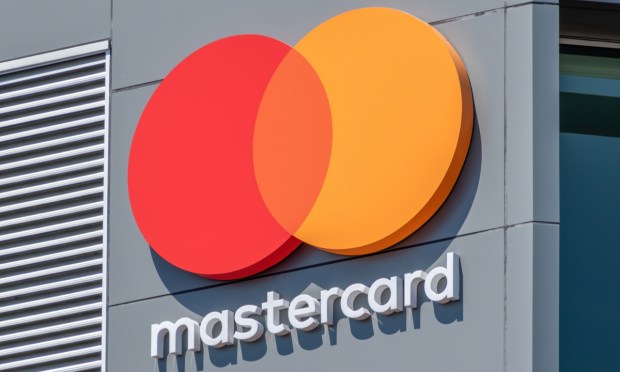For Mastercard, new payment flows and digital innovations outpaced spending growth on cards — though consumers remain resilient.
And as management noted in a press release and on an earnings call discussing the fourth quarter of 2023, demand has been strong for security and authentication solutions that protect those transactions.
Supplemental materials reveal that fourth-quarter gross dollar volumes were up 10% to $2.3 trillion.
In the United States, debit and prepaid card spending was up 2.7% to $345 billion, while credit spending was up 5.5% to $382 billion.
Overall cross-border volumes were up 18% in the most recent quarter, as measured year on year.
The company also noted that its value-added services and solutions net revenue was up 17% on a currency-neutral basis. The increase was driven primarily by demand for cyber and intelligence solutions, as well as identity and authentication offerings.
Looking into the month of January, management noted on the call that through the 28th, switched volumes were up 10%, slowing slightly from the 11% rate seen in the most recent quarter, and cross-border volumes remained steady at 18%.
CEO Michael Miebach said on the conference call with analysts that “on balance, we remain fairly positive about our growth outlook, but we are monitoring the environment closely and will manage the business accordingly,” as inflation remains.
Drilling into payments innovations, he said that Click to Pay is now available in 35 markets, with more than 60% growth in transactions throughout 2023.
Tokenization, he said, has been effective in battling fraud and increasing approval rates by 3% to 6% across all regions.
CFO Sachin Mehra said on the call that both card present and card not present growth rates remained strong.
Contactless Continues to Have a Strong Showing
Contactless, he said, represents 65% of all in-person switched purchase transactions.
Looking ahead, with strong consumer spending in place and with a strong labor market, Mehra said that the base case outlook is for net revenues to grow in the double-digit percentages. Though the value-added solutions and services segments are lapping high growth rates, there’s a “good outlook,” he told analysts, for those offerings headed into the current year. Real-time payments remain a driver of results in the years ahead, management said.
“A point of interest for us,” said Miebach, is “the intersection of open banking and payments — and open banking connectivity enables us to go after use cases that we otherwise would not be able to go after,” aided by enhanced, consumer-permissioned data.
“Our real-time payment solution, our card-based solutions … basically are extending the digital economy to create a tide that lifts everybody’s boats, with financial inclusion as the headline,” he said.
During the question-and-answer session with analysts, there remains what Miebach said is a “secular opportunity” in card-related pending growth in the United States, even with inflation. Elsewhere, China represents a market for strong potential, especially as Chinese consumers use the cards for transactions while they travel.
Investors sent the shares 1% higher at the market open on Wednesday.
